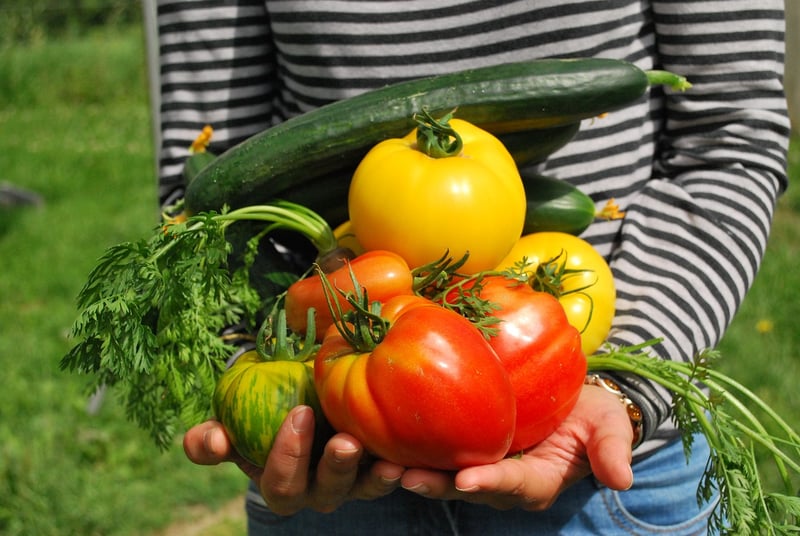Choosing Vertical Garden Vegetables
Selecting Plants for Vertical Gardens
Vertical gardens are a fantastic way to bring greenery into small spaces and create stunning visual displays. When selecting plants for your vertical garden, there are a few key factors to consider to ensure the success of your vertical garden project.
1. Light Requirements
Before choosing plants, assess the amount of light your vertical garden will receive. Select plants that match the light conditions of your space. For low-light areas, consider shade-loving plants like ferns, pothos, or peace lilies. In sunny spots, opt for sun-loving plants such as succulents, herbs, or flowering plants.
2. Plant Size
Since vertical gardens have limited space for root growth, choose plants that have compact root systems or grow vertically without sprawling. Look for plants that are well-suited for containers and hanging baskets to thrive in a vertical garden setup.
3. Maintenance Needs
Consider the maintenance requirements of the plants you choose. Select plants that are easy to care for and don't need frequent watering or pruning. Drought-tolerant plants like cacti and succulents are great choices for low-maintenance vertical gardens.
4. Aesthetic Appeal
Think about the overall look you want to achieve with your vertical garden. Mix and match plants with different colors, textures, and growth habits to create a visually appealing display. Consider using trailing plants to add depth and movement to your vertical garden.
Choosing Vertical Garden Vegetables
Vertical gardens are not limited to ornamental plants; you can also grow vegetables in a vertical setup. Here are some vegetables that are well-suited for vertical gardens:
1. Tomatoes
Tomatoes are a popular choice for vertical gardens due to their vining growth habit. Choose compact or dwarf varieties that are well-suited for containers and vertical gardening. Provide support for the vines to climb and thrive.
2. Peppers
Peppers, both sweet and hot varieties, can be grown in vertical gardens. Look for compact pepper plants that produce well in containers. Provide stakes or trellises for support as the plants grow and produce fruit.
3. Herbs
Herbs like basil, mint, and parsley are excellent choices for vertical gardens. Plant them in pockets or containers attached to the vertical structure for easy access. Herbs also add fragrance and flavor to your vertical garden.
4. Salad Greens
Lettuce, arugula, and other salad greens are perfect for vertical gardens. Plant them in shallow containers or pockets, ensuring they receive enough sunlight to thrive. Harvest leaves as needed for fresh salads.
With careful selection and planning, you can create a beautiful and productive vertical garden filled with a variety of plants, including vegetables. Enjoy the benefits of vertical gardening in even the smallest of spaces!

For more inspiration and ideas on vertical gardening, check out our vertical gardening guide.
